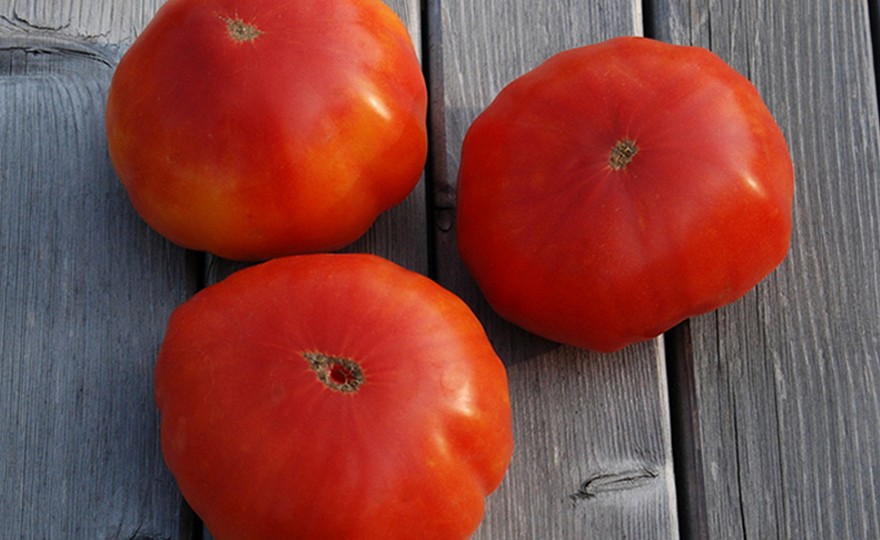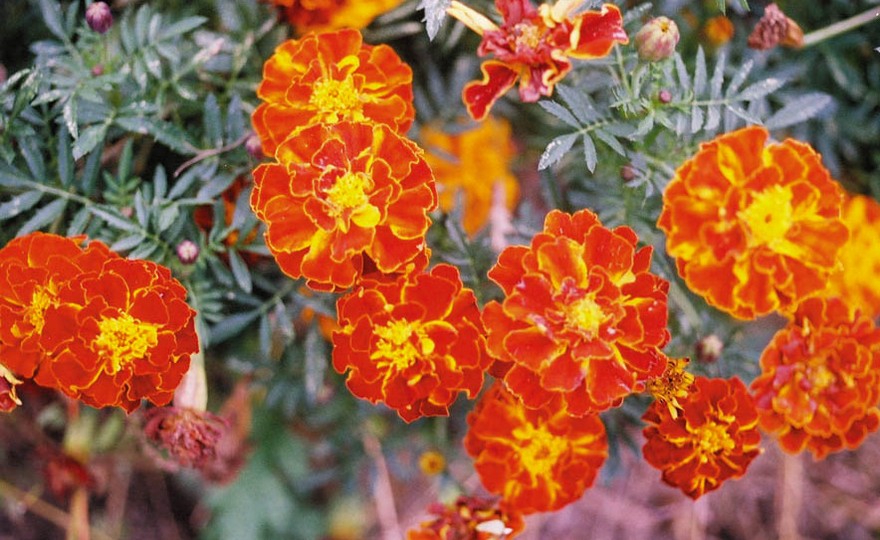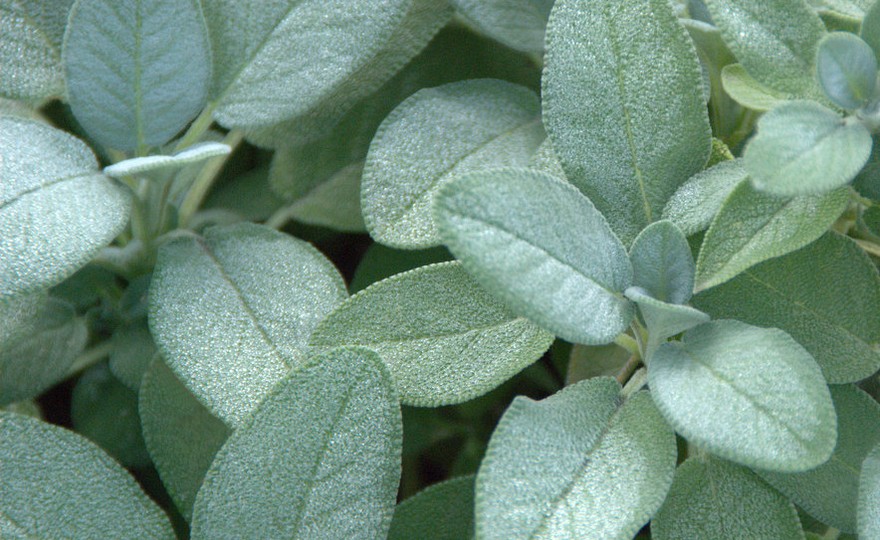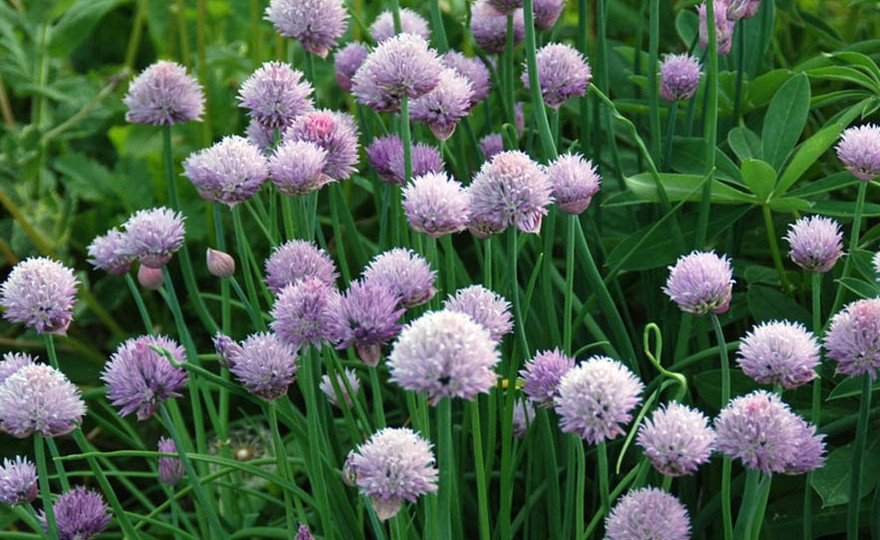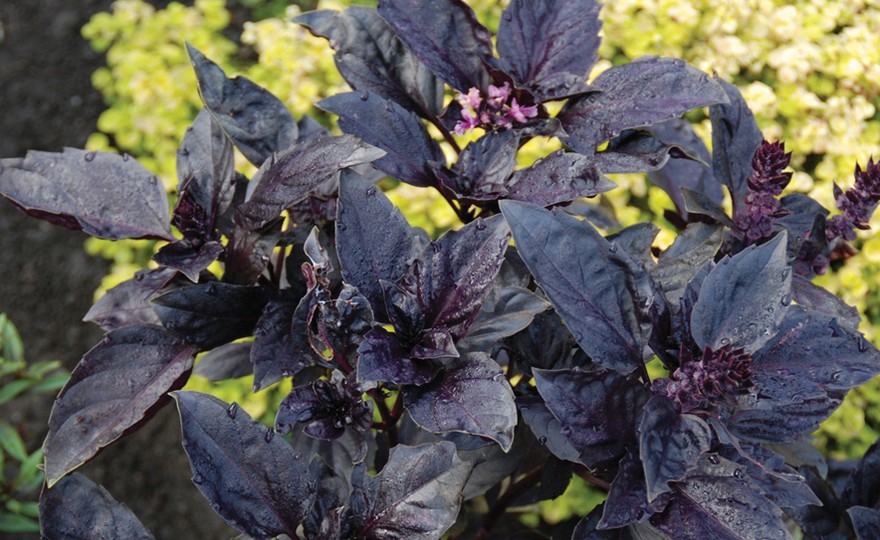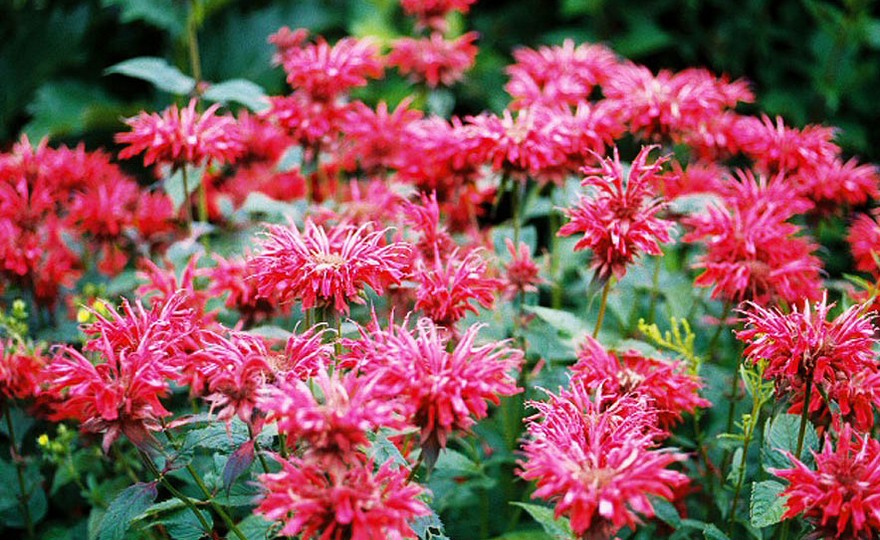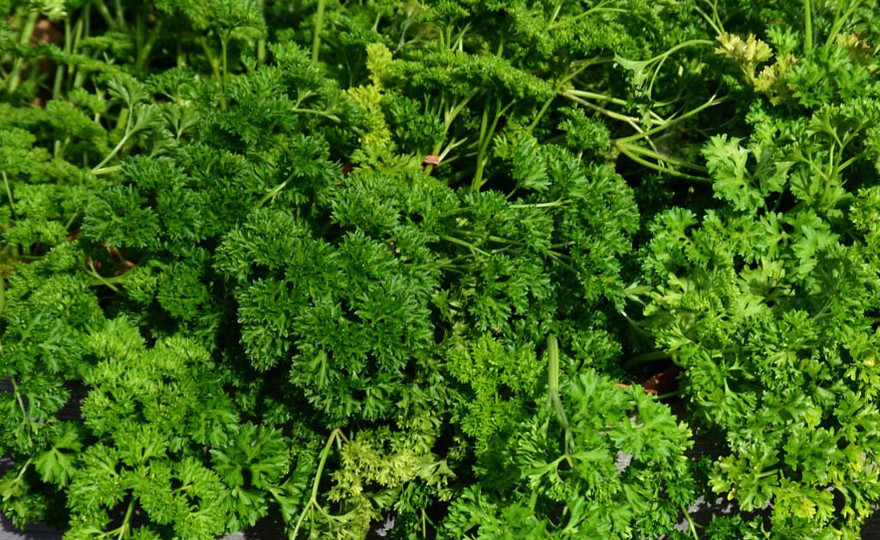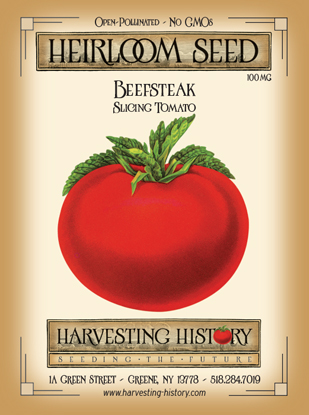
Slicing Tomato, Beefsteak
-
- **SOLD OUT** HOLIDAY GIFTS **SOLD OUT**
- **SOLD OUT** Holiday Books **SOLD OUT**
- **SOLD OUT** Holiday Citrus **SOLD OUT**
- **SOLD OUT** Holiday Gift Certificates **SOLD OUT**
- **SOLD OUT** Holiday Paperwhites **SOLD OUT**
- **SOLD OUT** Holiday Praying Mantis Kits **SOLD OUT**
- **SOLD OUT** Holiday Tools **SOLD OUT**
- **SOLD OUT** Holiday Wildflower Mixtures **SOLD OUT**
- Citrus Trees
- **SOLD OUT** - Vegetable and Herb Plants - Mix & Match any 6 Plants for $50 - Only Shipped in Quantities of 6
- Elephant Ear Plants & Roots
- **SOLD OUT** 4-Inch Pot Herb Plants **SOLD OUT**
- Rare Plants
- **SOLD OUT** Vining Plants **SOLD OUT**
- Asian Seeds
- Beneficial Bugs
- Books
- Citrus Fertilizers
- Cold-Treated Bulbs - SEE BULBS FOR FALL PLANTING TO ORDER
- Cold-Treated Allium
- Cold-Treated Chionodoxa
- Cold-Treated Crocus
- Cold-Treated Hyacinthoides
- Cold-Treated Hyacinthus Orientalis
- Cold-Treated Narcissus
- Cold-Treated Cyclamineus Narcissus
- Cold-Treated Double Heirloom Narcissus
- Cold-Treated Jonquilla Narcissus
- Cold-Treated Large Cupped Narcissus
- Cold-Treated Poeticus Narcissus
- Cold-Treated Small Cupped Narcissus
- Cold-Treated Species Miniature Narcissus
- Cold-Treated Split Cupped Narcissus
- Cold-Treated Tazetta Narcissus
- Cold-Treated Triandus Narcissus
- Cold-Treated Trumpet Daffodils
- Cold-Treated Ornithogalum
- Cold-Treated Rock Garden Iris
- Cold-Treated Scilla
- Cold-Treated Tulips
- Cold-Treated Emperor Tulips
- Cold-Treated Fringed Tulips
- Cold-Treated Green or Viridiflora Tulips
- Cold-Treated Lily Flowering Tulips
- Cold-Treated Parrot Tulips
- Cold-Treated Peony Flowering Tulips
- Cold-Treated Single Early Tulips
- Cold-Treated Single Late Tulips
- Cold-Treated Species Tulips
- Cold-Treated Triumph Tulips
- Flower Bulbs, Corms and Tubers
- Bulbs for Spring Planting
- Bulbs for Fall Planting - ALL BULBS AVAILABLE ARE COLD TREATED FOR PLANTING AS SOON AS SOIL CAN BE WORKED
- Fall Blooming Bulbs
- Garden Tools & Equipment
- Gift Certificates
- HHH Exclusive Wildflower Mixtures
- Wildflower Mixtures
- Heirloom Garlic
- Potatoes
- Roots & Sets
- Seeds
- Flowers
- Herbs
- Vegetables
- **SOLD OUT** HOLIDAY GIFTS **SOLD OUT**
-
- No products to compare
-
74 in stock
Quick Overview
SLICING TOMATO – Beefsteak
One of the most famous of all heirloom tomatoes, large, bright red, 1-2 lb. fruit have rich, savory tasting flesh. Fairly prolific plants.
Sow indoors 6 weeks before transplanting outside. Plant seed ½ in. deep. Transplant outside after danger of frost is over. Add ¼ cup bone meal to the soil when planting. Space plants 30 in. apart in rows 36 in. apart.
Germinates in 10-21 days depending on weather and soil conditions.
Days to maturity – 110
Requires full sun. Indeterminate vines.
| Type | Spacing | Planting Depth | Days to Germination | Maturity |
| Slicing/Sandwich, indeterminate | 30 in. | 1/2 in. | 10-21 | 110 |

Slicing Tomato, Beefsteak
Tomatoes may just be the most fanatically admired vegetable/fruit of all time. Many people adore them. Some people can’t stand them. But most people have a definite opinion about them. One thing that is universally true about tomatoes is that their flavor depends upon the growing conditions of their environment. A tomato grown in California may not taste anything like the same variety grown on the Delmarva Penninsula and that same variety may have been delicious when it was grown in Missouri in 2006 and very bland when it was grown in Missouri in 2007. The soil, temperature, water, sunlight and soil amendments all contribute to the changing flavor of tomatoes. Of all the vegetables grown in America, none is more universally beloved than the tomato, and yet, for many decades, this delightful fruit was shunned by Americans who considered it poisonous. The tomato is native to Mexico and western South America where it grows as a perennial. It has been a staple of the diet of these regions for thousands of years. Many of the wild varieties are small, intensely flavored and borne in clusters. Other types of wild and semi-wild tomatoes are larger, but deeply ribbed. The larger fruited varieties probably originated on the eastern slopes of the Andes where there is substantially more rainfall than on the arid western slopes. Both kinds of tomatoes were known as Love Apples. The Spanish explorers introduced the tomato into Europe in the 1500s. It quickly gained popularity, especially in Italy, where the potential of the fruit was immediately recognized. The tomato is part of the Nightshade family of vegetables that include eggplants and potatoes and the poisonous Deadly Nightshade. For this reason, many Americans were convinced that tomatoes, especially the larger, deeply ribbed fruit, were poisonous. This fear that certain vegetables might be poisonous grew irrationally during the late 1700s and early to mid 1800s. During this time, many fresh vegetables were shunned not just those in the Nightshade family. This fear even extended to lettuce and the other salad greens which can only be eaten fresh. By the time of the Civil War, the fear of eating fresh vegetables was beginning to lessen, but the tomato had still not been really discovered. In 1863, Fearing Burr listed on 17 different varieties. In the 1850’s, a Dr. Hand of Baltimore County, Maryland began experimenting with tomato development and crossed a small, red, smooth-skinned tomato with a large, red, deeply ribbed tomato and produced a medium-sized, red, smooth-skinned fruit. He worked on this development for 20 years until he had perfected a fruit which he named, Trophy. Trophy became the most popular variety of its time and the fruit from which many of today’s varieties have been derived. The smooth red skin of Trophy was very appealing to the consumer of the day. Between 1870 and today as many as 1000 different varieties of tomato have been developed. Some of the best tasting have come and gone from the market shelves, but have been preserved in the home gardens of America. Tomatoes are frequently classed as determinate or indeterminate. Determinate varieties stop growing once they have reached a certain height and do not require staking or caging. They are shorter than indeterminate varieties. Indeterminate varieties will continue to grow throughout the season, much like other vines, and will require staking.

